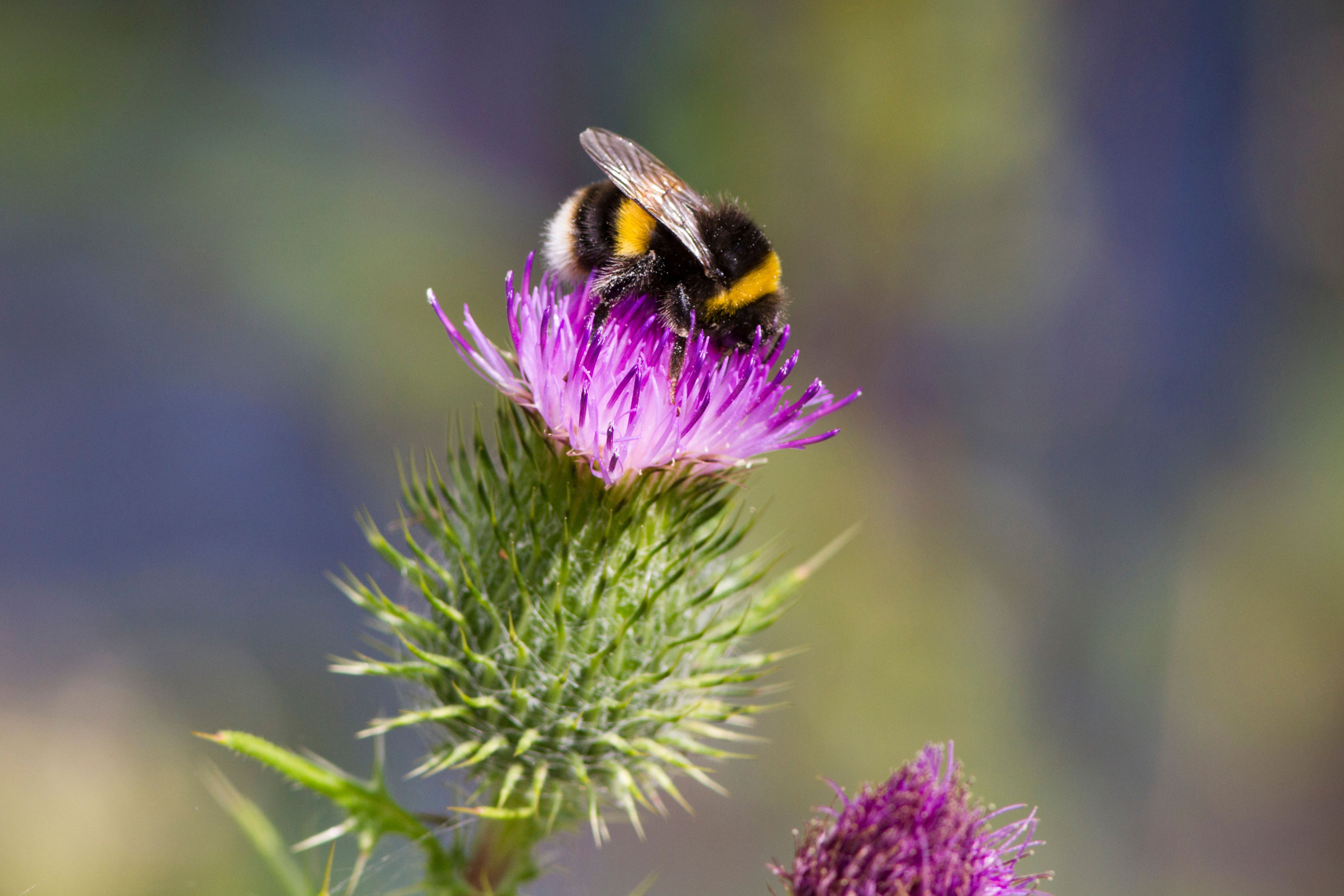How to start rewilding your garden this autumn
An expert offer tips on what gardeners can do to rewild their outdoor space as summer draws to a close.

Your support helps us to tell the story
From reproductive rights to climate change to Big Tech, The Independent is on the ground when the story is developing. Whether it's investigating the financials of Elon Musk's pro-Trump PAC or producing our latest documentary, 'The A Word', which shines a light on the American women fighting for reproductive rights, we know how important it is to parse out the facts from the messaging.
At such a critical moment in US history, we need reporters on the ground. Your donation allows us to keep sending journalists to speak to both sides of the story.
The Independent is trusted by Americans across the entire political spectrum. And unlike many other quality news outlets, we choose not to lock Americans out of our reporting and analysis with paywalls. We believe quality journalism should be available to everyone, paid for by those who can afford it.
Your support makes all the difference.Autumn is almost upon us – and a good time to plan some rewilding schemes.
If you’re emptying summer containers, considering what to do with your lawn which looks like straw and want to encourage wildlife to your beds and borders, there are some simple changes you can implement which will benefit biodiversity and be a magnet for insects.
“Autumn is a good planning time to make your garden more wildlife-friendly,” says Richard Bunting, spokesperson for the charity Rewilding Britain (rewildingbritain.org.uk) and director of Little Green Space (littlegreenspace.org.uk), an award-winning environmental project.
“Rewilding offers hope and is a powerful solution for tackling nature and climate crises. An estimated 22 million people have access to a garden in Britain. If people start gardening in a way that helps nature bounce back that will have a really big impact.”
You may think that your garden is too small to make any huge changes to the environment, but even the smallest spaces can undergo a rewilding make-over. Rewilding Britain offers the following tips:
1. Plant pollinator-friendly species
“Even if you’ve only got a window box you can make a difference by planting some nectar-rich flowers in it. Bumblebees can only fly for about 40 minutes between feeds so every nectar-rich flower you plant could be the pit stop which saves a bee,” says Bunting.
During autumn and winter, when most nectar rich plants are starting to die off, ivy’s flowers are now beginning to blossom, providing a vital late source of food for bees, butterflies and other pollinators.
More bee-friendly plants and advice on gardening for bees can be found at the Bumblebee Conservation Trust (bumblebeeconservation.org).
2. Welcome weeds
Weeds are simply plants which are maybe in the wrong places, but are hugely beneficial to insects, and other wildlife so leave dandelions – which flower quite early – in your lawn, allow a patch of nettles to grow which will give butterflies places to lay their eggs and leave brambles and wild roses to do their thing, as they offer dense shelter for creatures. “Allowing dandelions to grow can give biodiversity a real boost, because dandelions can support over 50 species of insect,” he says.
3. Leave your grass long
With the summer drought, many lawns have ended up like hay but they are likely to recover with autumn rains. So, consider leaving at least some areas of your grass long, just cutting it occasionally. Flowers will spring up to provide blooms and seedheads which will attract insects and birds.
4. Avoid too much pruning before spring
He advises gardeners to avoid cutting back perennials and other plants which may have seedheads for birds and insect habitats over the autumn and winter. “If plants have seeded, leave them for the birds. We’ve a patch of teasels which have come up this year and it’s been covered in bumblebees.
5. Plant native trees
“Even in urban areas, if you can plant a native tree which has a massive cooling effect on our living environments,” he says,” recommending plum, crab apple, elderberry, hawthorn, holly and silver birch, all varieties that have evolved alongside wildlife and planting a mixture of them will encourage different species.
“Consider small trees – rowan is fairly small and produces berries for wildlife, while fruit trees can be kept small and will produce fruit for you and for wildlife.”
6. Avoid too much hard landscaping
7. Leave things messy
“Dead branches, logs and piles of leaves provide a habitat for insects and hedgehogs, whose populations are crashing. A messy corner will also provide nutrients to the ground.”
8. Don’t over-dig
Your soil needs to be healthy – and preferably peat-free – so let worms do the work instead of you endlessly digging. Create bare patches by rucking up the soil in a few places, which will encourage microhabitats for seeds to germinate, he advises.
9. Include water
Water is so beneficial to wildlife, so even a pond in a container can do wonders, he says. Try to incorporate some stones or gravel to create an entry and exit pond for wildlife visitors.